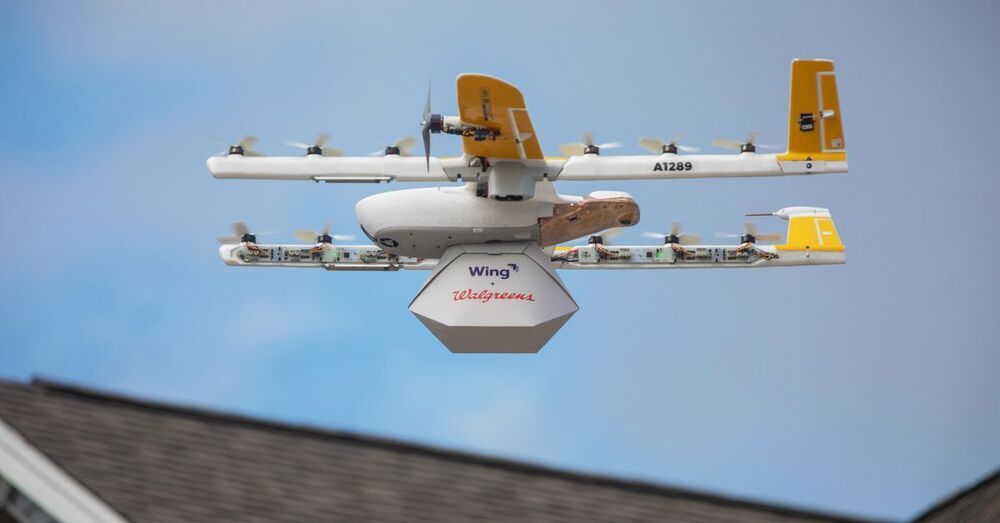Jan 3, 2021
Solid-State Hydrogen Storage = Distributed Power
Posted by Quinn Sena in category: energy
Circa 2017
Developing countries will consume 65% of global energy demand by 2040, according to the US Energy Information Administration. Distribution technology is however often below developed standards in these countries. Moreover, scattered communities across vast distances make traditional western-style power-grid distribution impractical. Renewables can generate electricity, but battery storage is expensive. Now, an Oxford University spin-off thinks solid-state hydrogen storage is the answer.


















